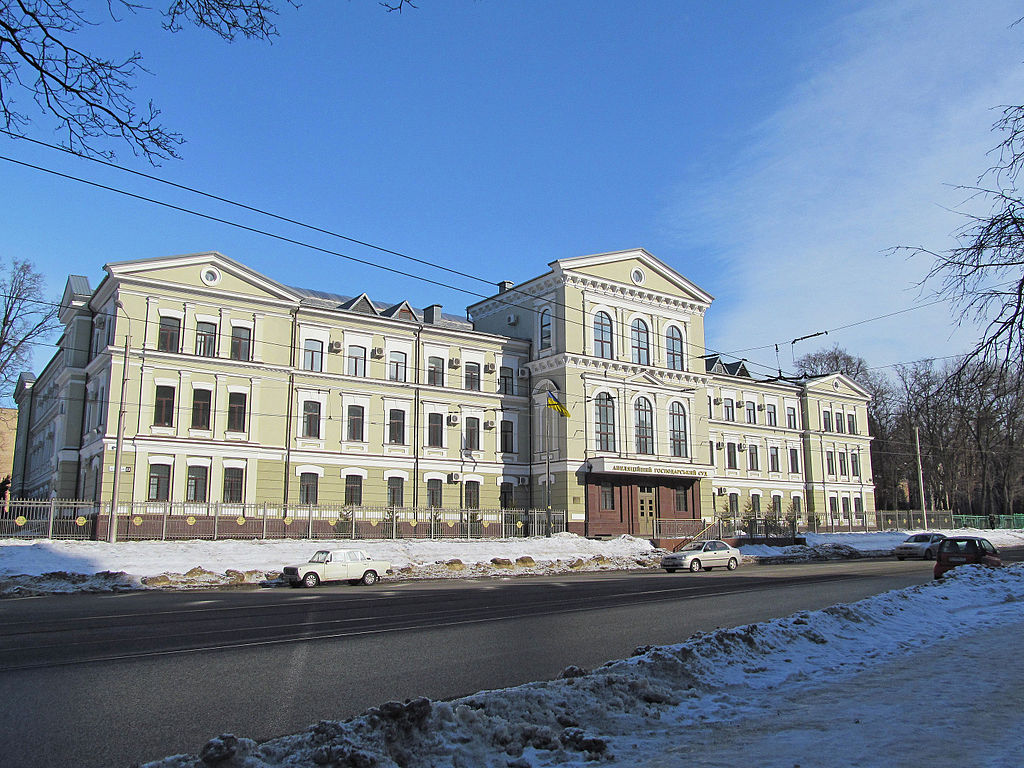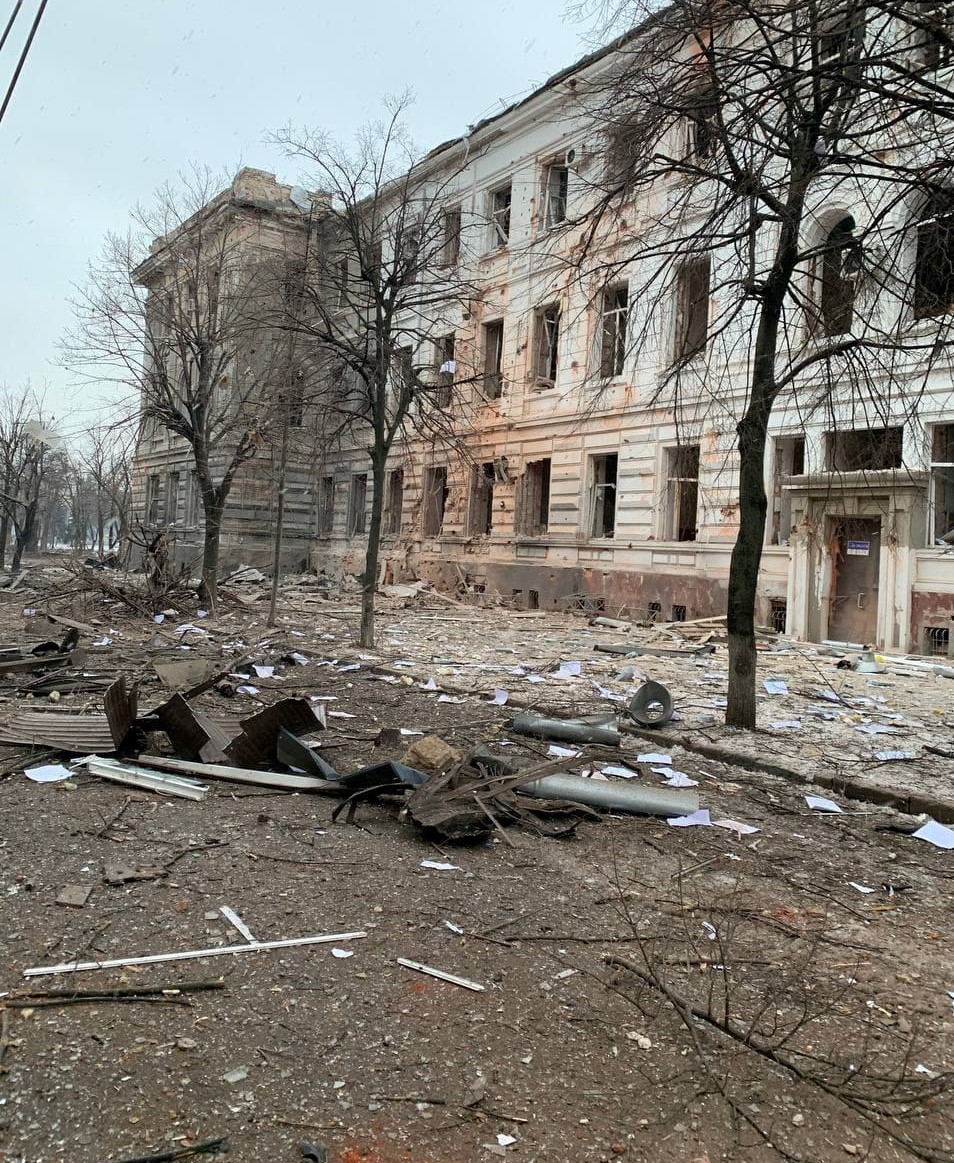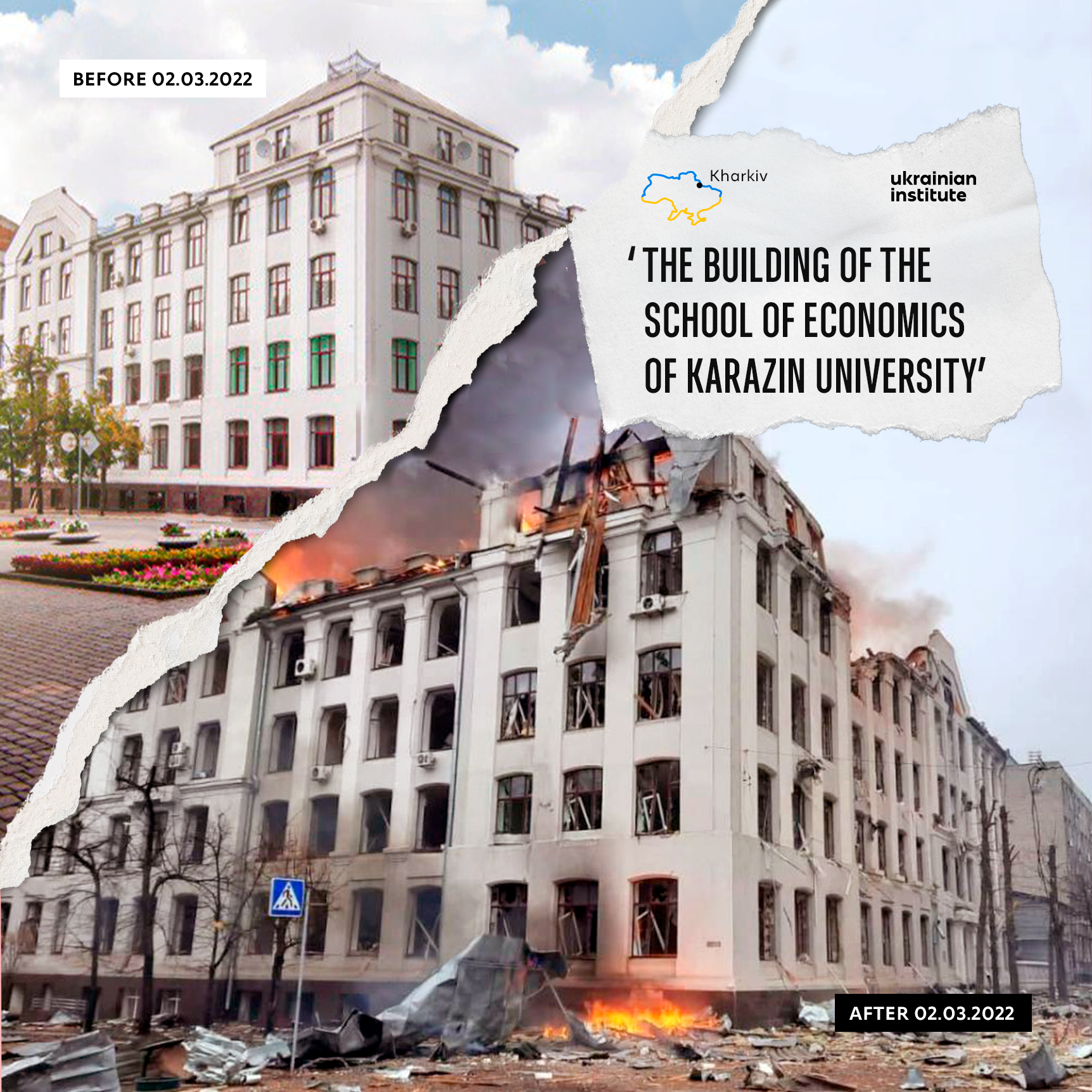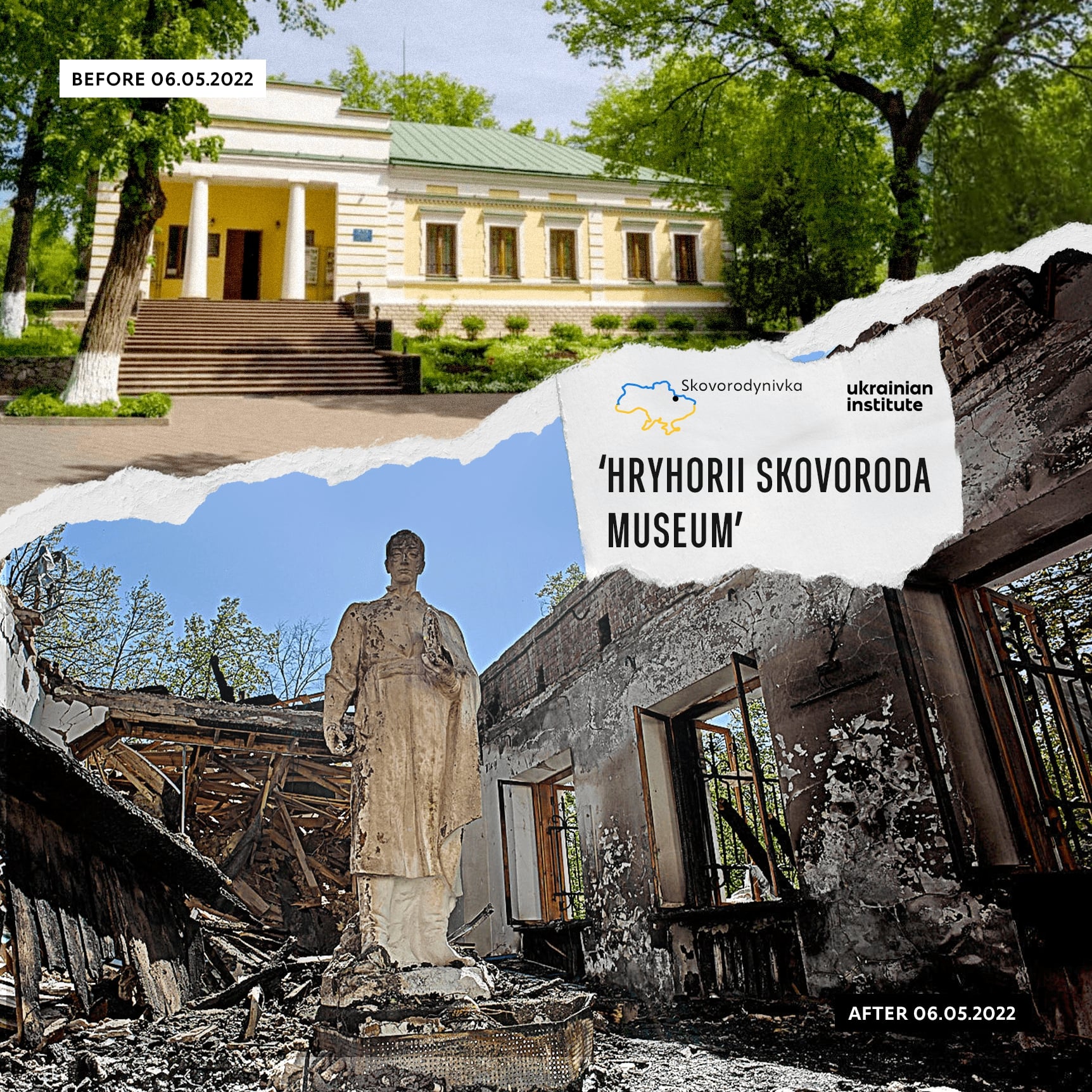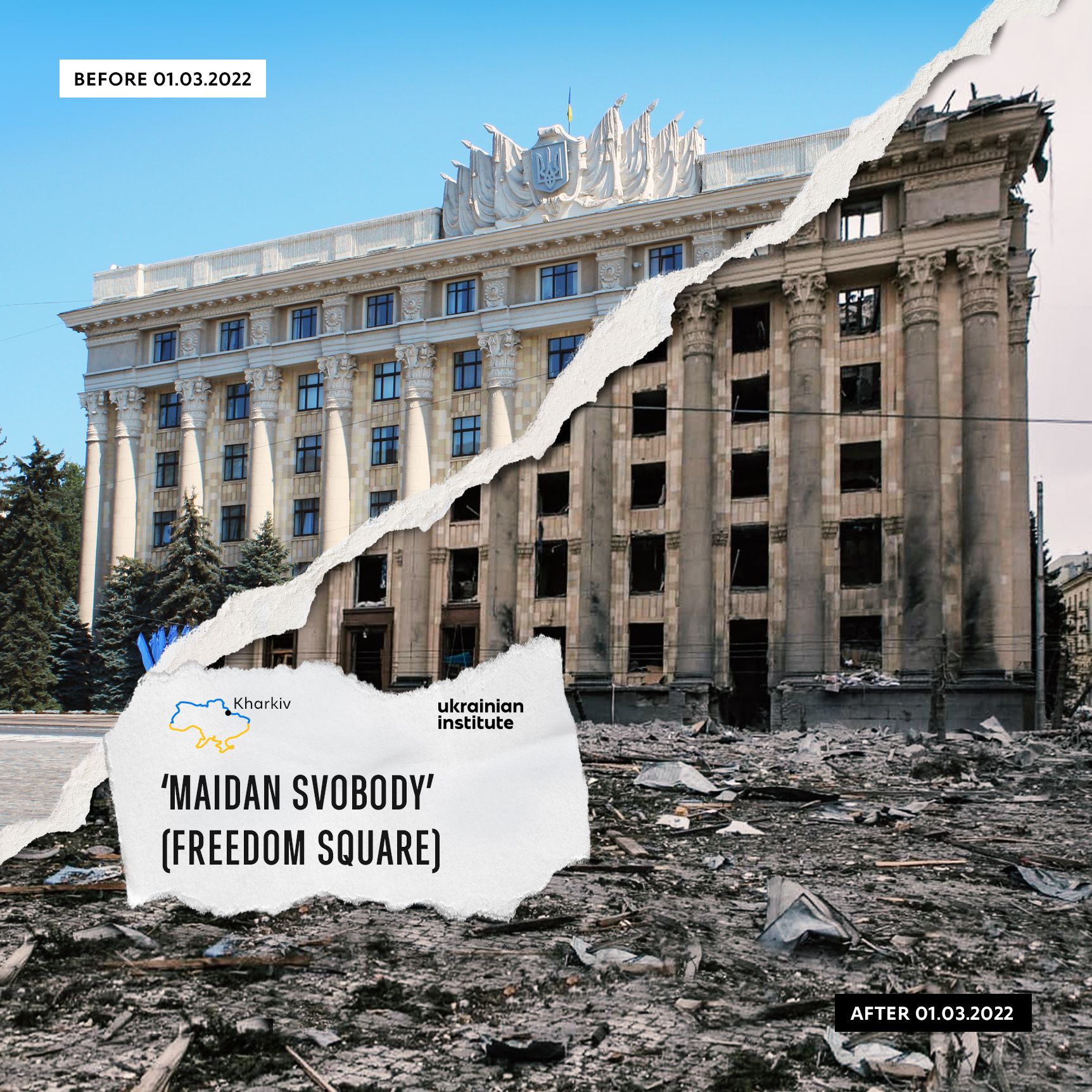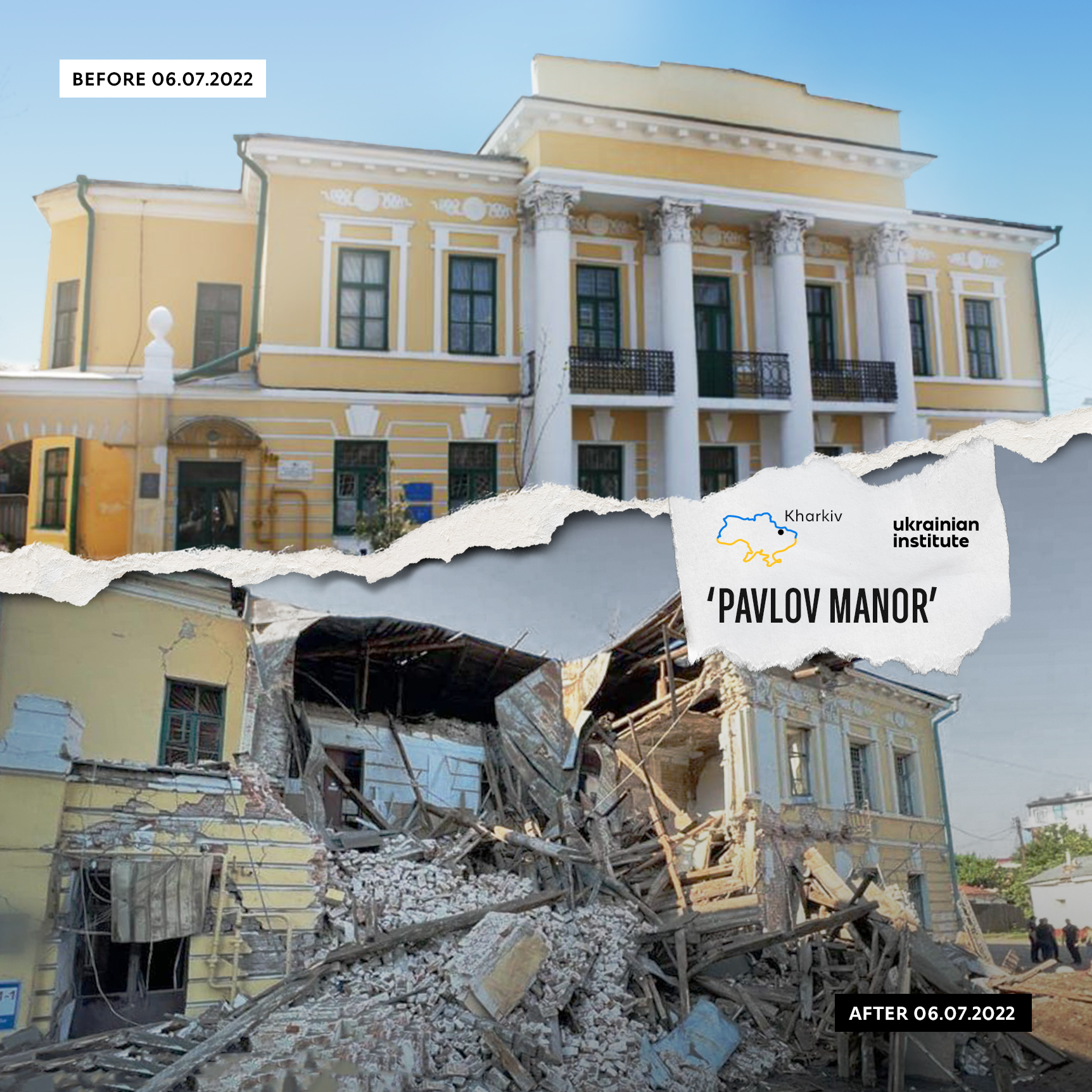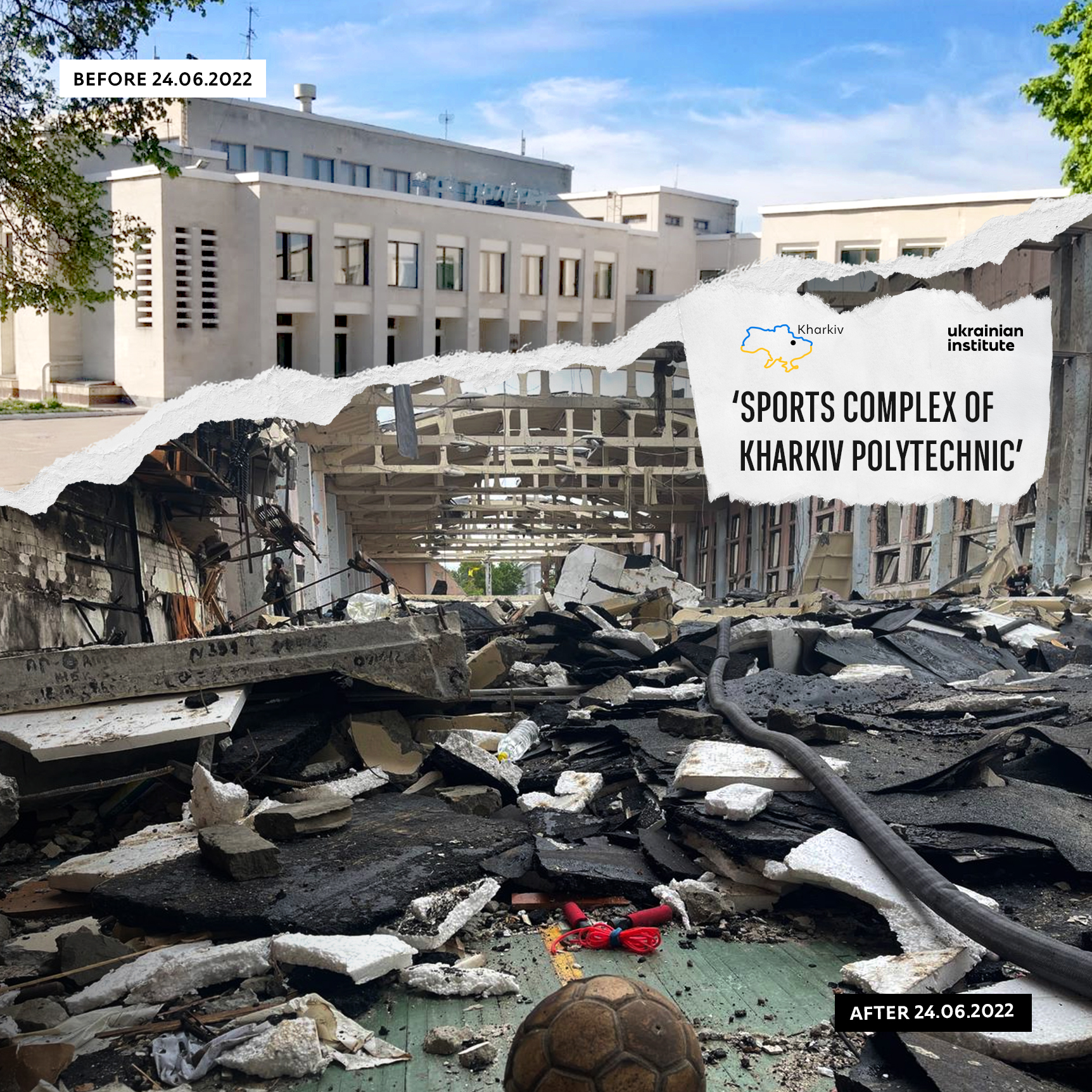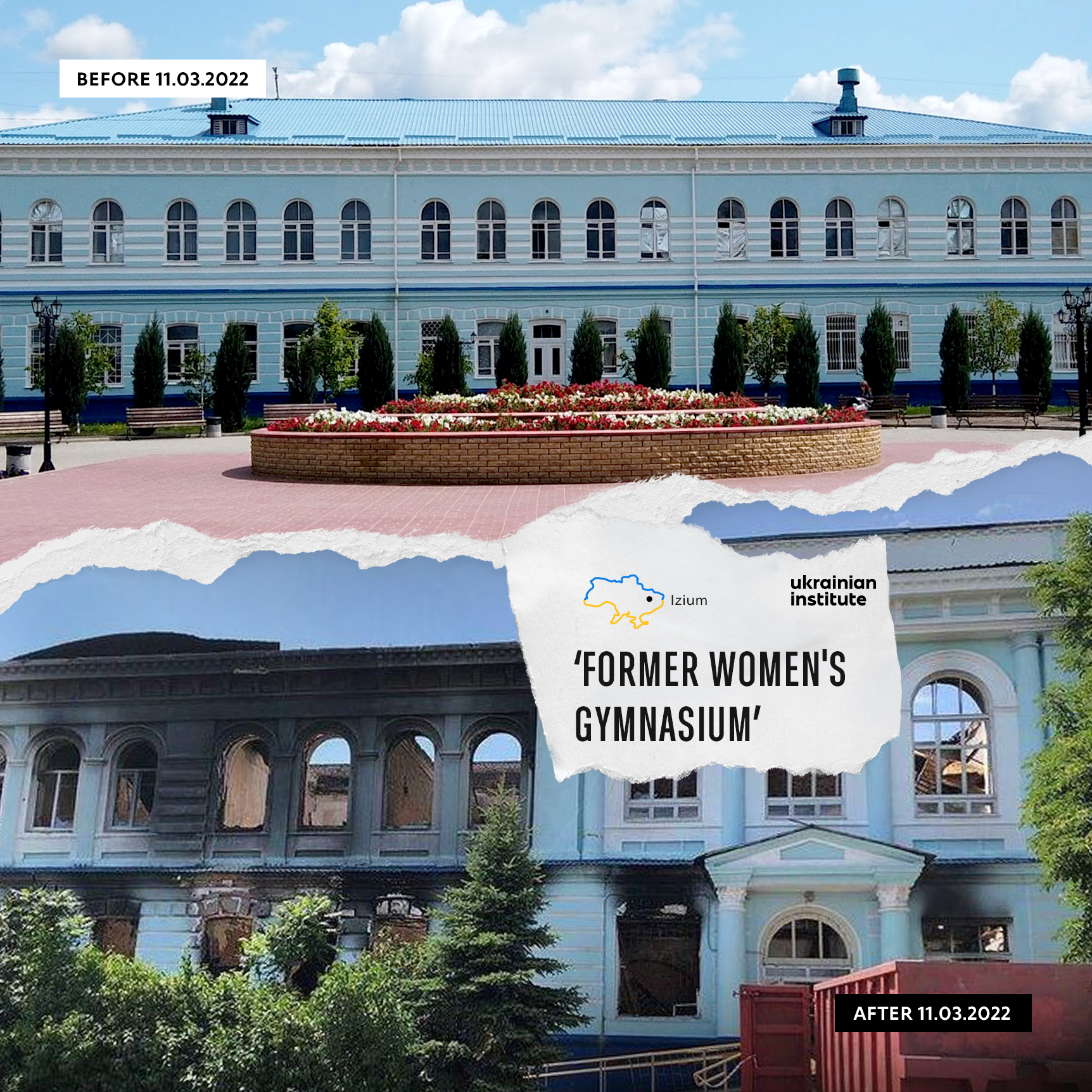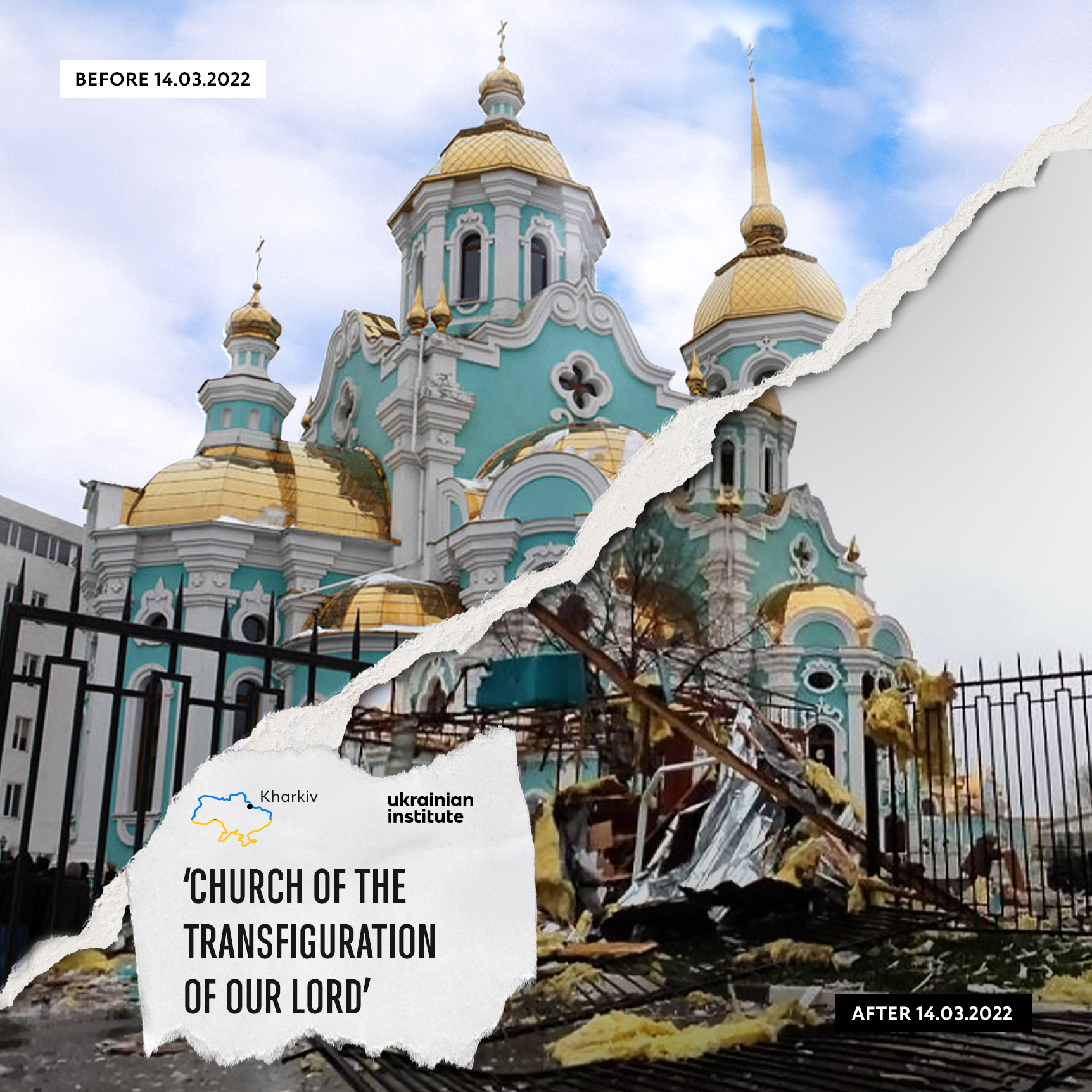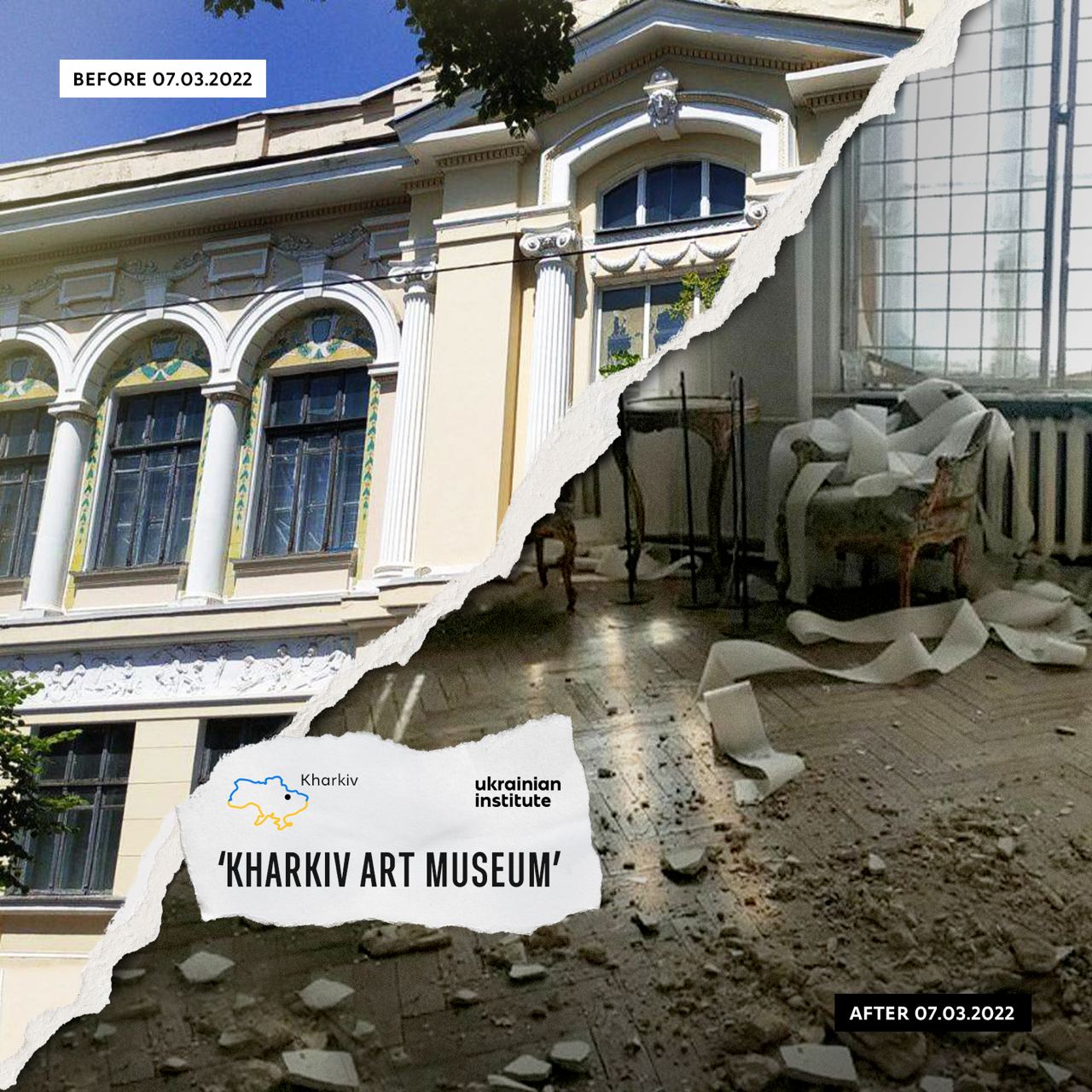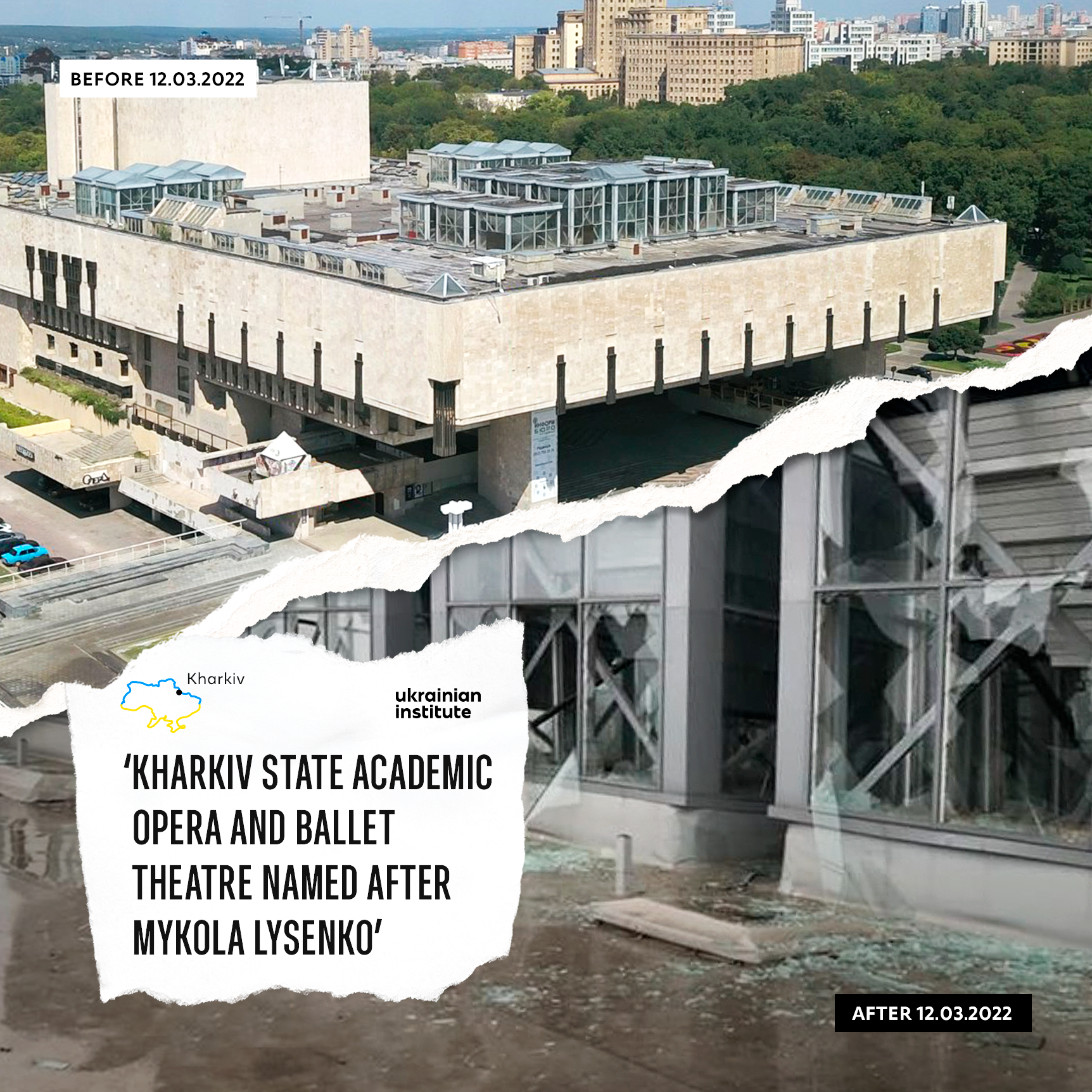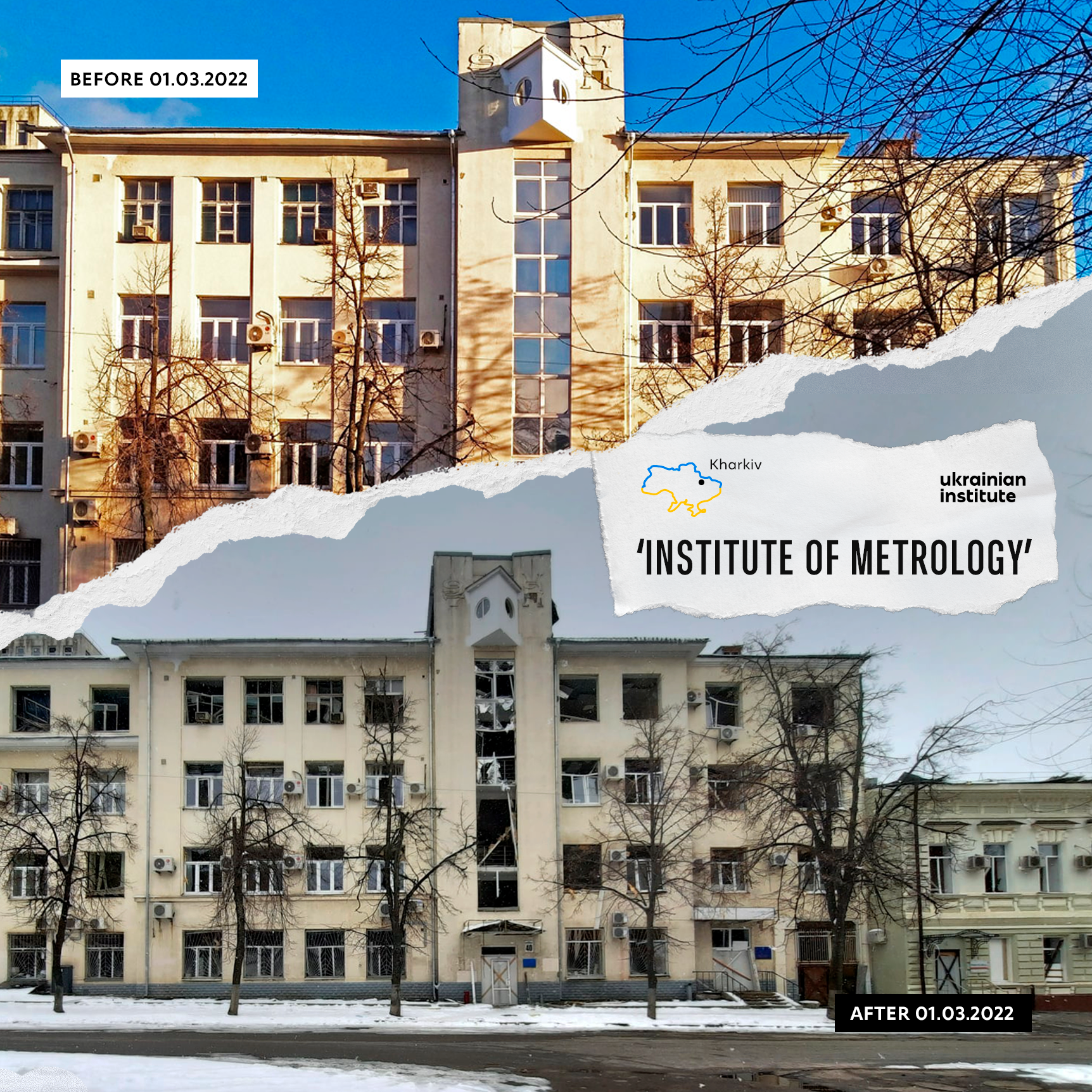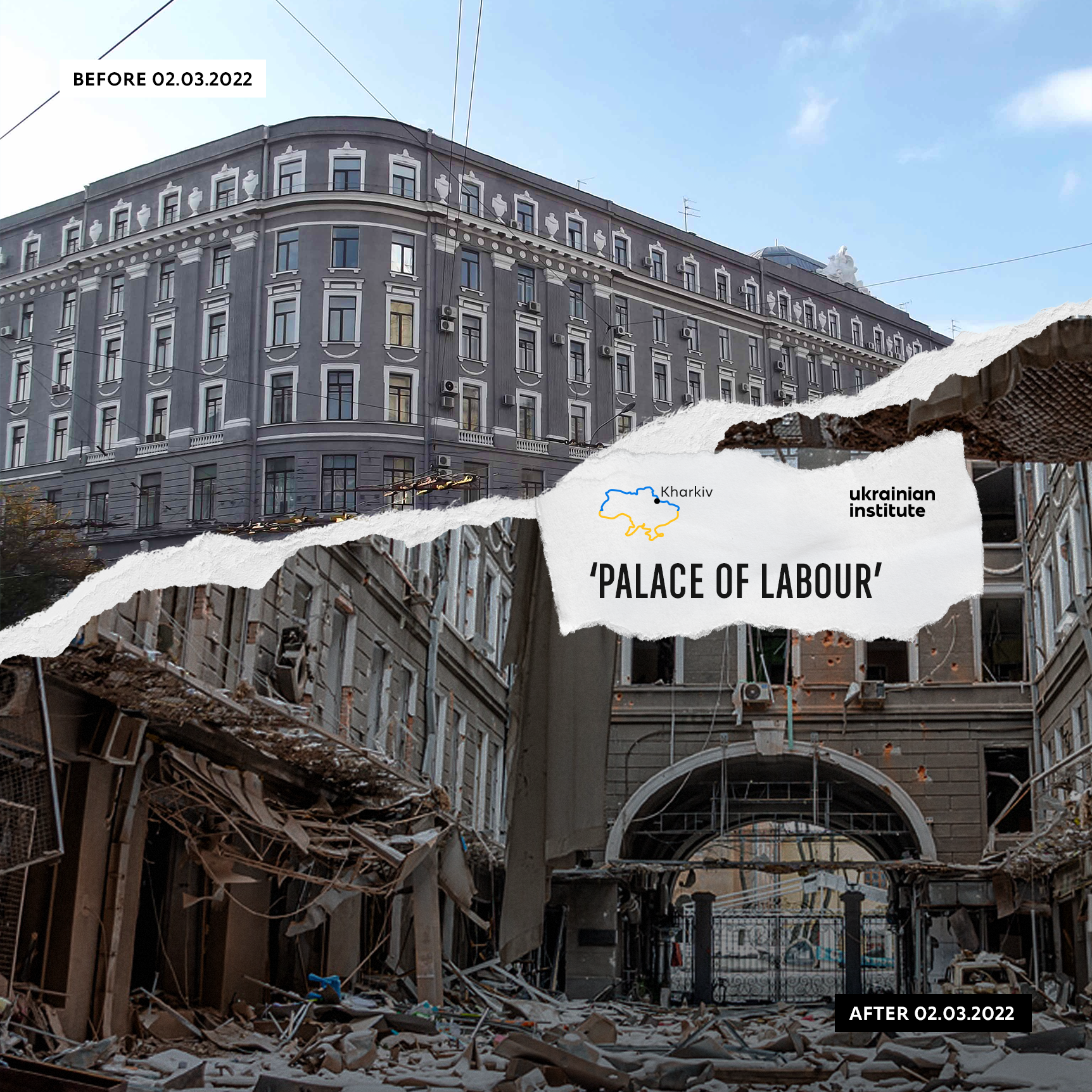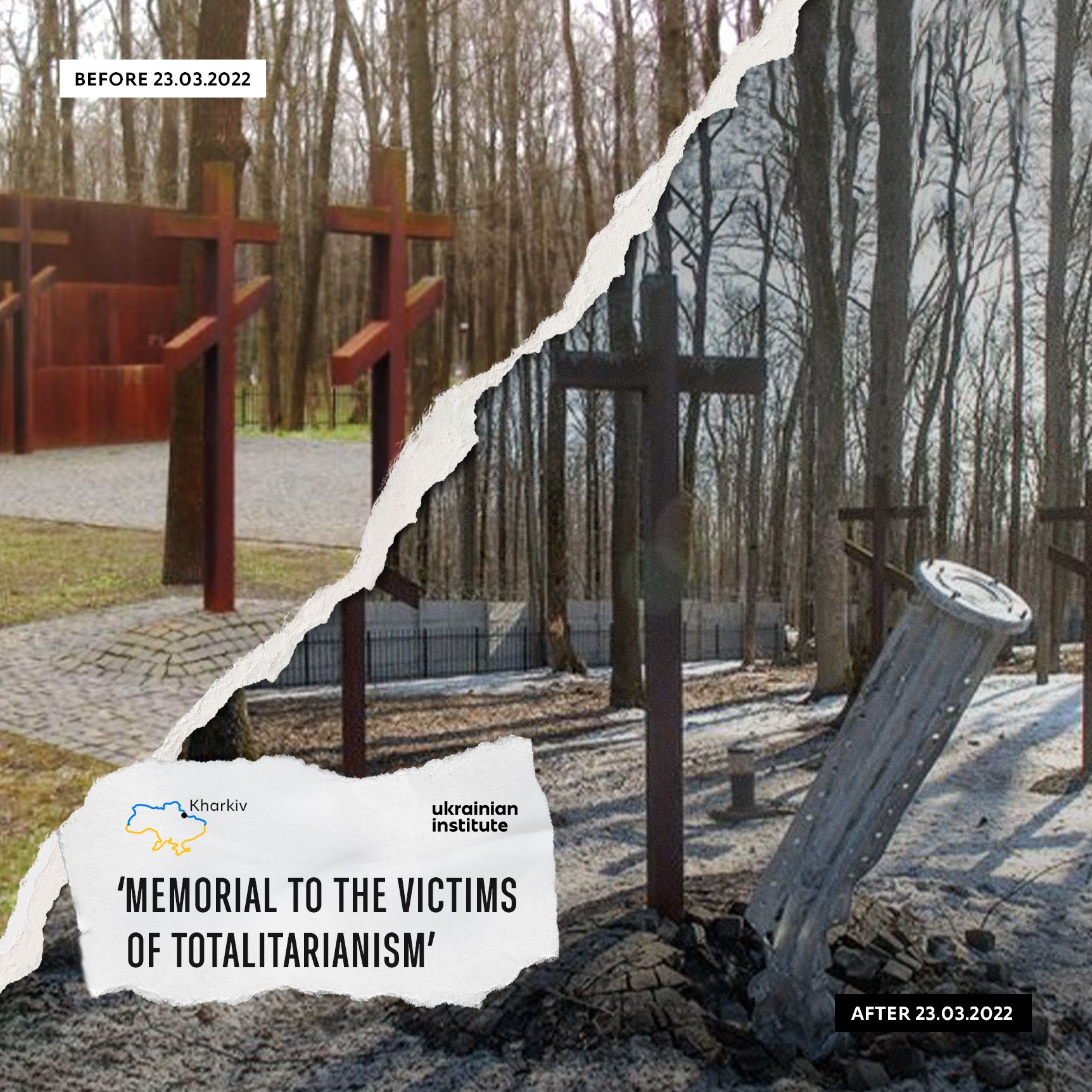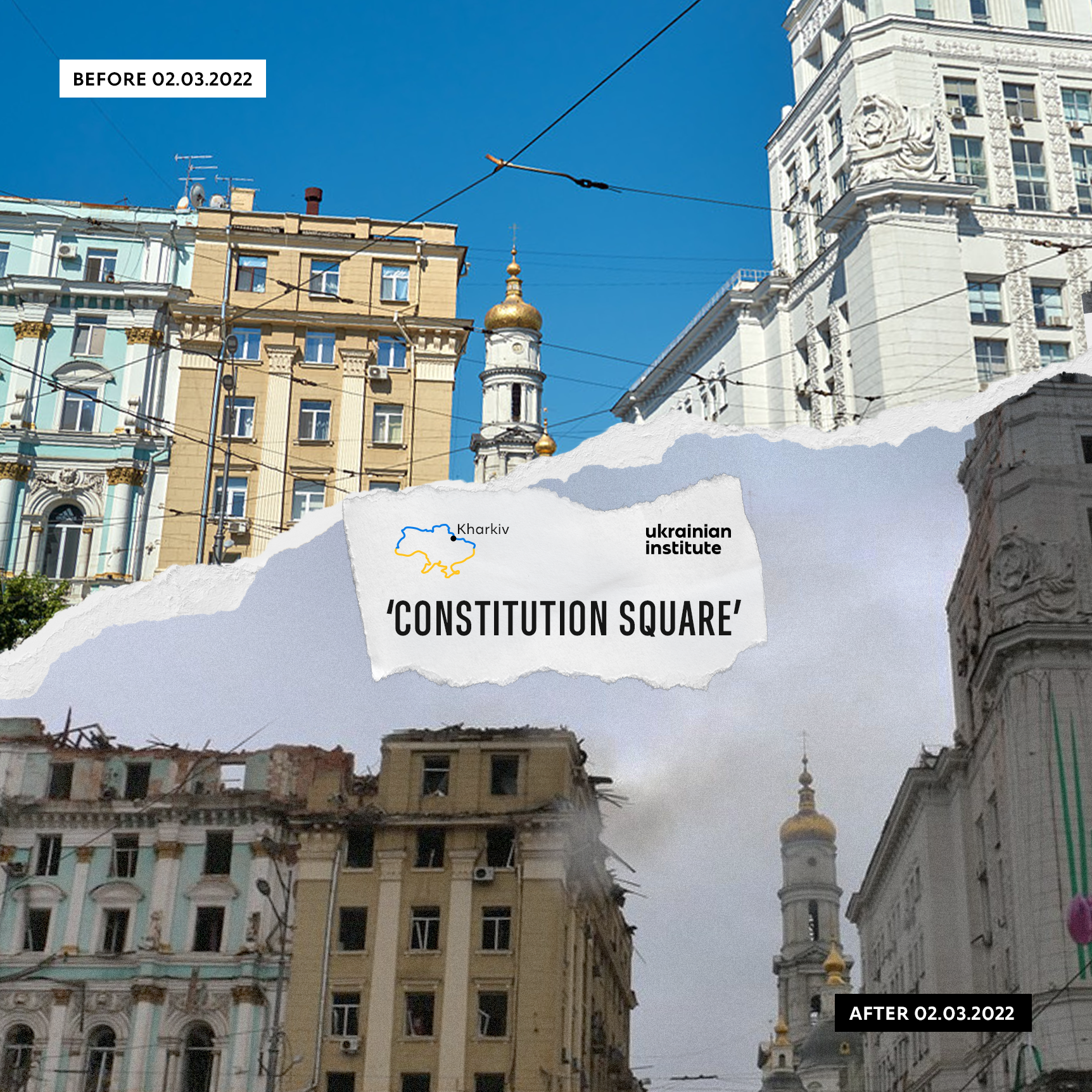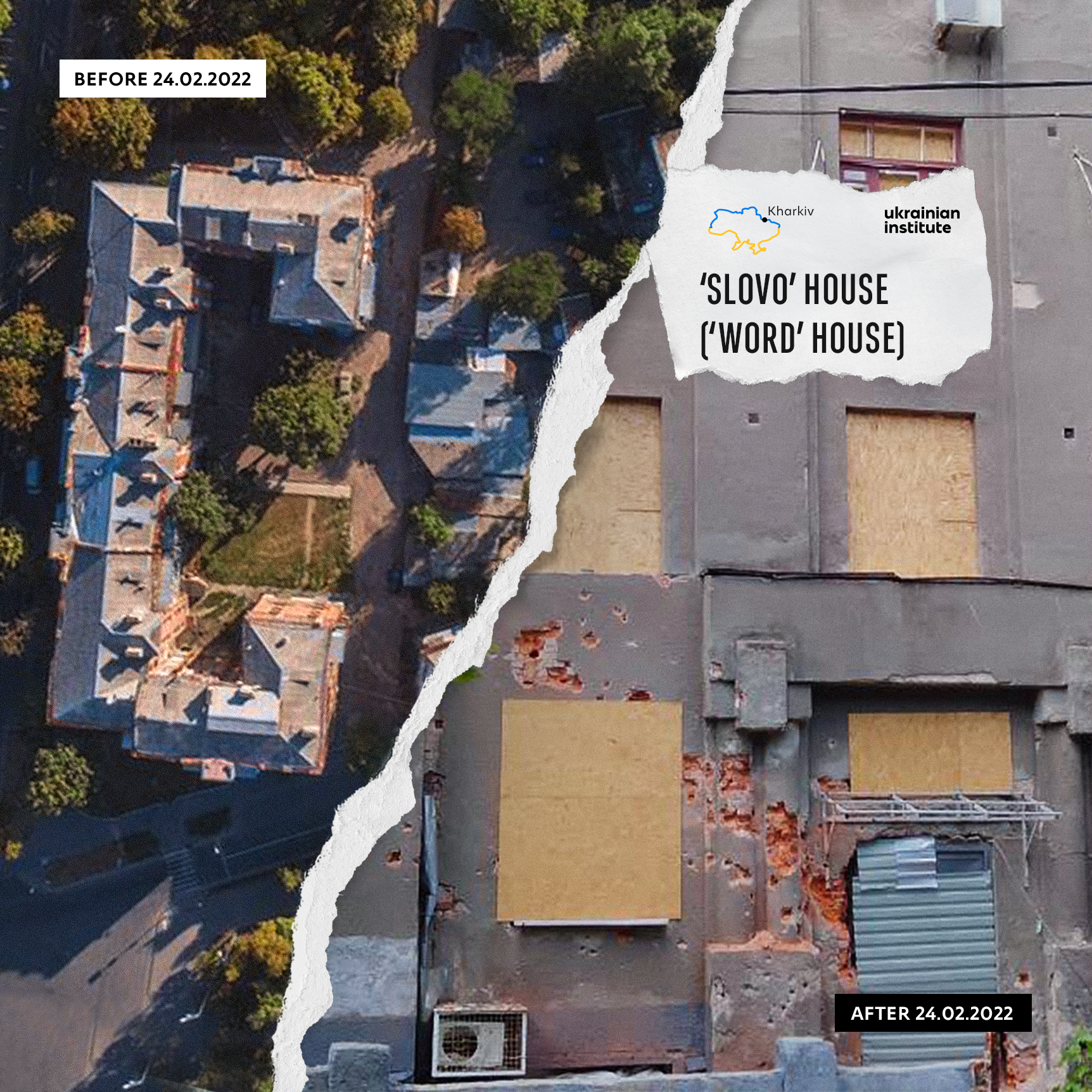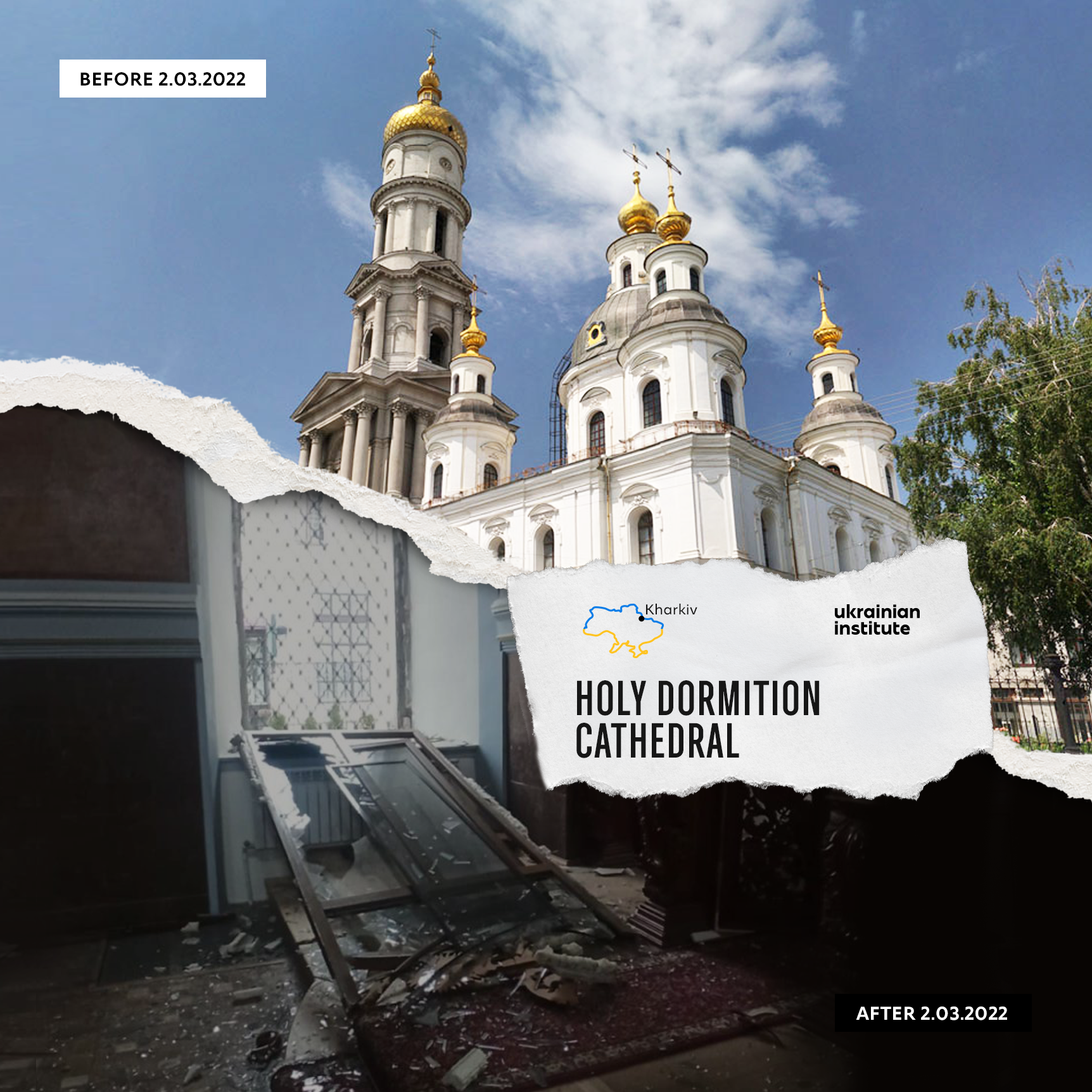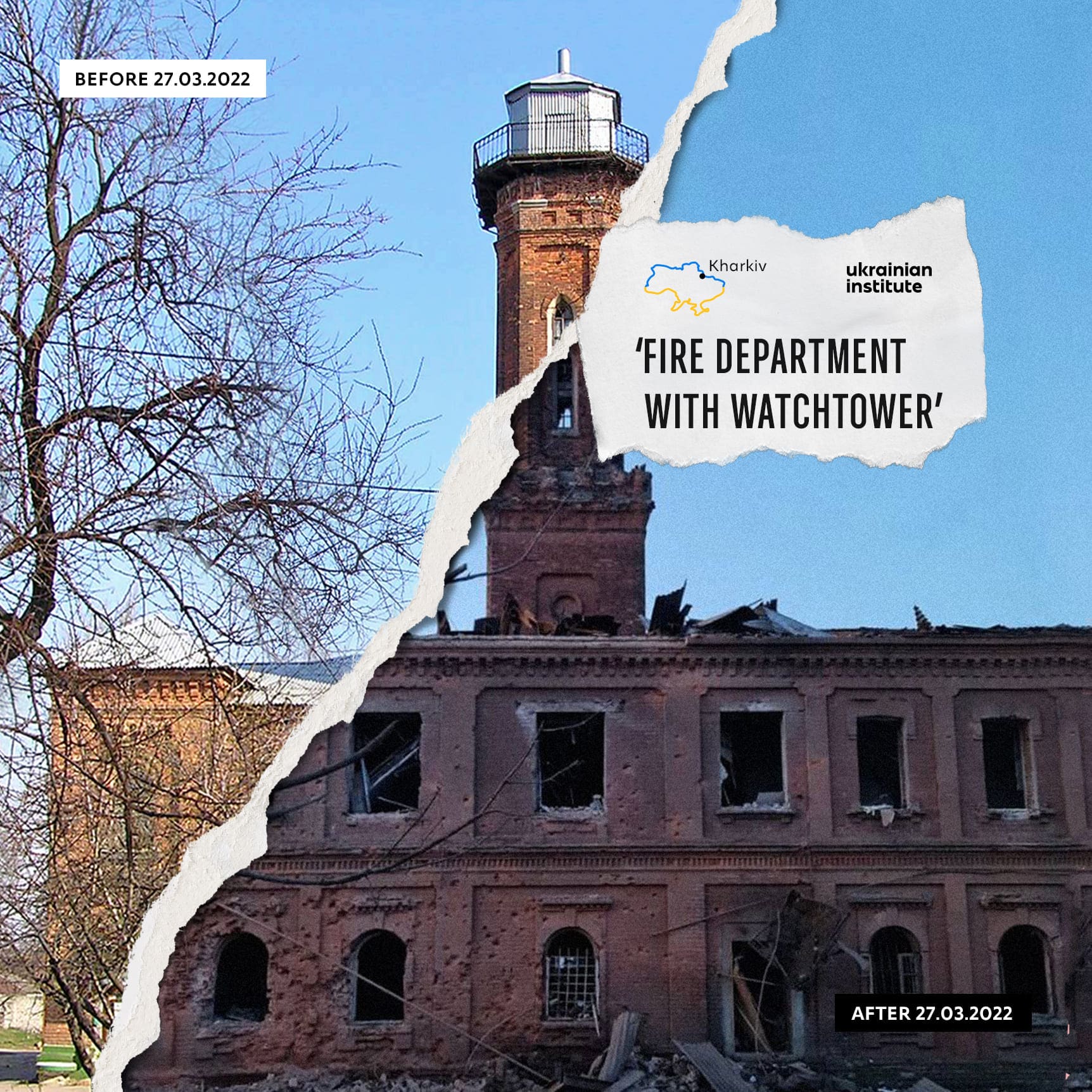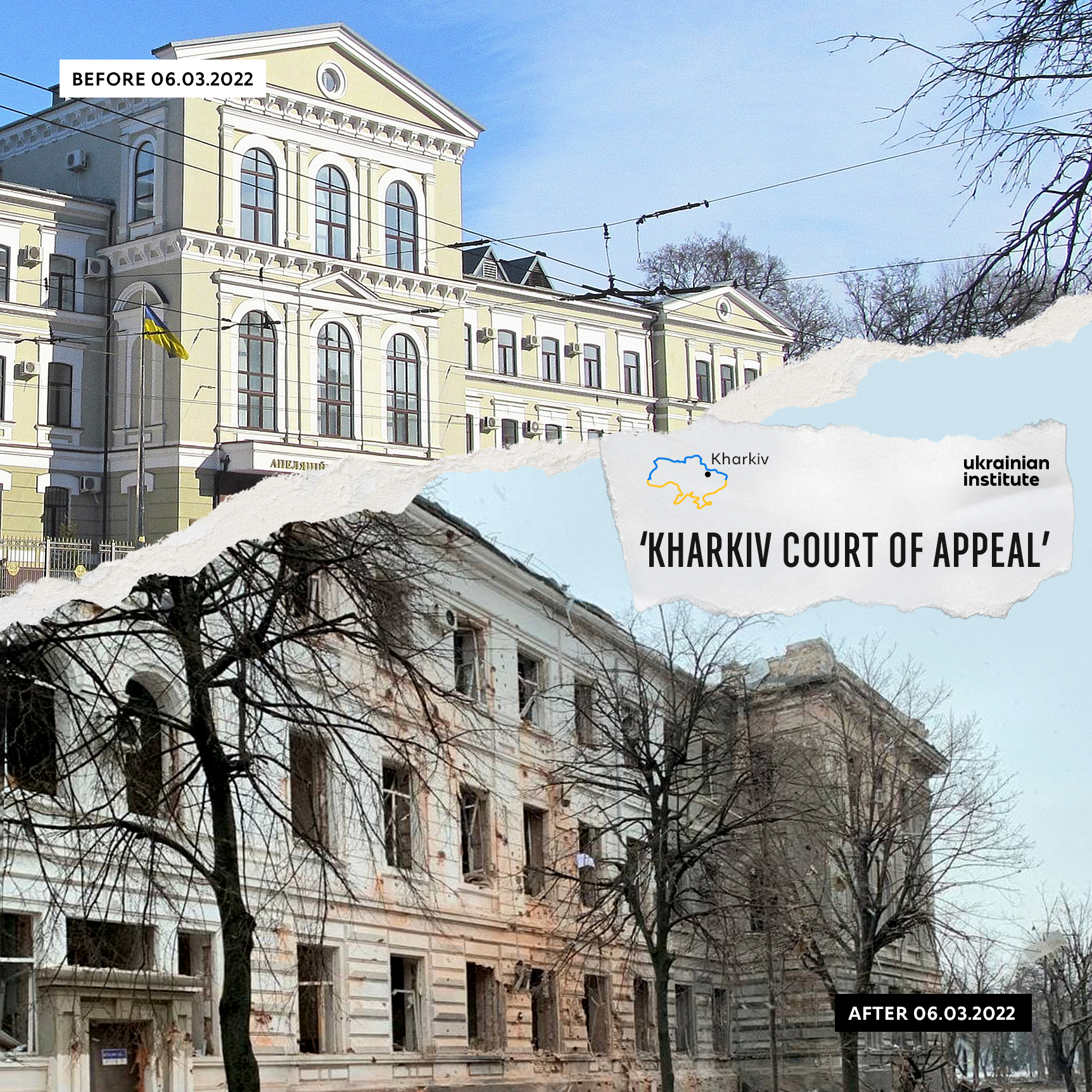
Former House of Judicial Institutions was constructed in the best Neo-Renaissance traditions. The building has the features of Italian palazzos and the exterior of the house stands out due to its sophisticated design.
At the turn of the 20th century, a spacious House of Judicial Institutions emerged in Kharkiv. The functional area of its premises was over 7000 m², making it the largest building in Kharkiv at that time.
The building of judicial institutions was constructed in the best Neo-Renaissance traditions following the project of Oleksii Beketov, a native of Kharkiv and an academician of architecture, and with the participation of two more Kharkiv architects, Yulii Tsaune and Volodymyr Khrustalov. The three-dimensional composition of the building has the features of Italian palazzos. The main and rear symmetrical façades are combined with asymmetrical side façades. The exterior of the house stands out due to its sophisticated design.
However, the service of Themis within these walls did not last long. Following the October Revolution of 1917, numerous military institutions were located here. Then, during World War II, the right wing of the main façade was entirely destroyed. Thus, the building required restoration after the war. The Soviet authorities wanted to add a superstructure and a spire to the House of Judicial Institutions, as was the case with many buildings of that time, and thus ‘reshape’ Ukrainian cultural heritage following the style of the new era. Fortunately, the cultural monument miraculously escaped such a fate.
During the restoration of 1946–1954, Ukrainian architects Petro Shpara and Dmytro Torubarov made significant efforts to preserve the original author’s idea in terms of spatial composition and interior and exterior decorations. Once the restoration was over, the Court of Appeal of the Kharkiv region began to operate there.
On March 6, 2022, during Russia’s hostile invasion of Ukraine and missile attacks on Kharkiv, the Russian forces hit the Court of Appeal building twice. The blast waves shattered the windows, the shells damaged the premises, and the roof burst into flames. The house has impressed everyone with its beauty and grandeur since the early 20th century, but now it is a shocking sight due to the scale of the destruction. From now on, its walls, where justice used to be administered, have become the evidence of the crimes the Russian forces commit daily in the 21st century in Ukraine, in the centre of Europe.
The site that once held memories may now turn into a memory itself.

